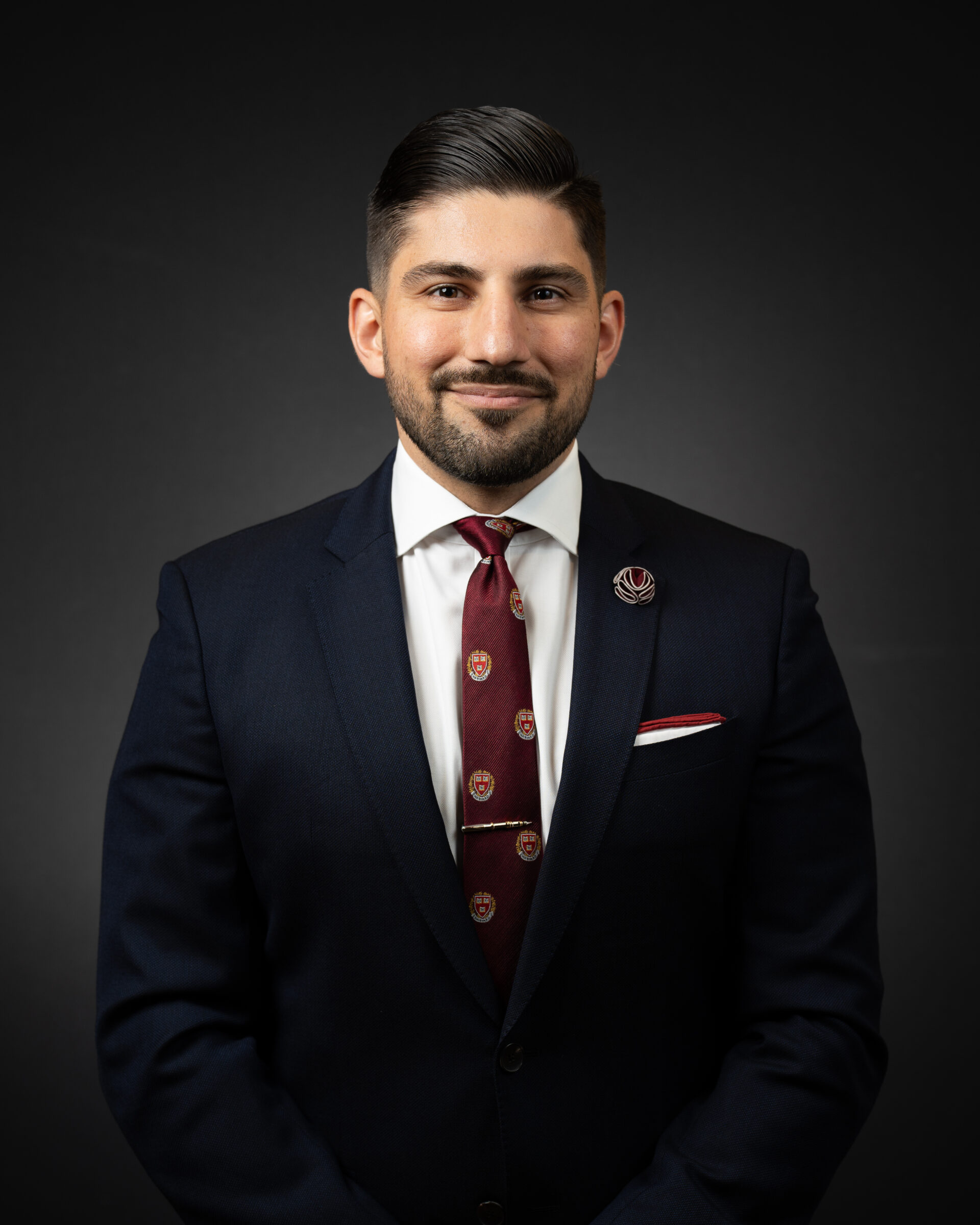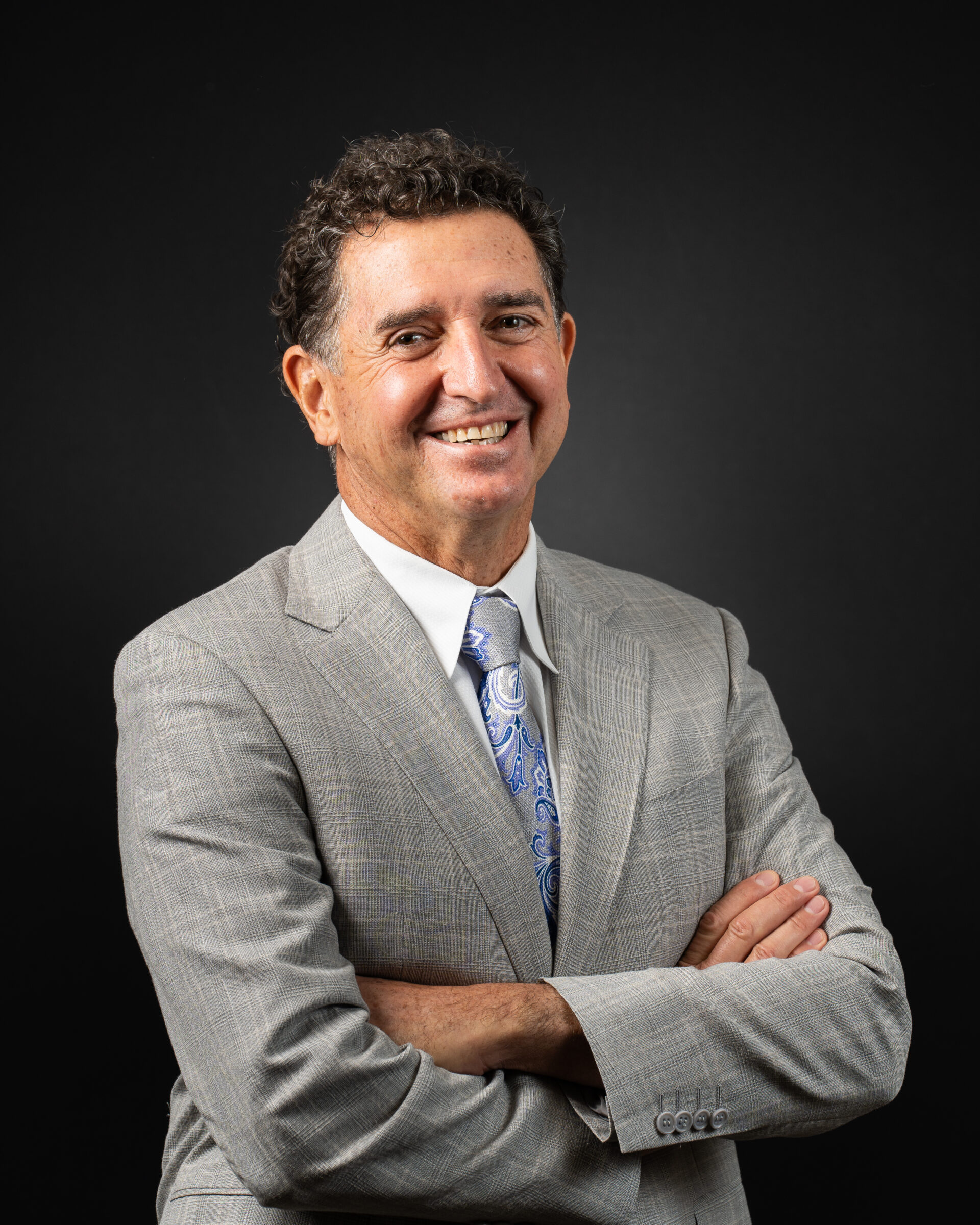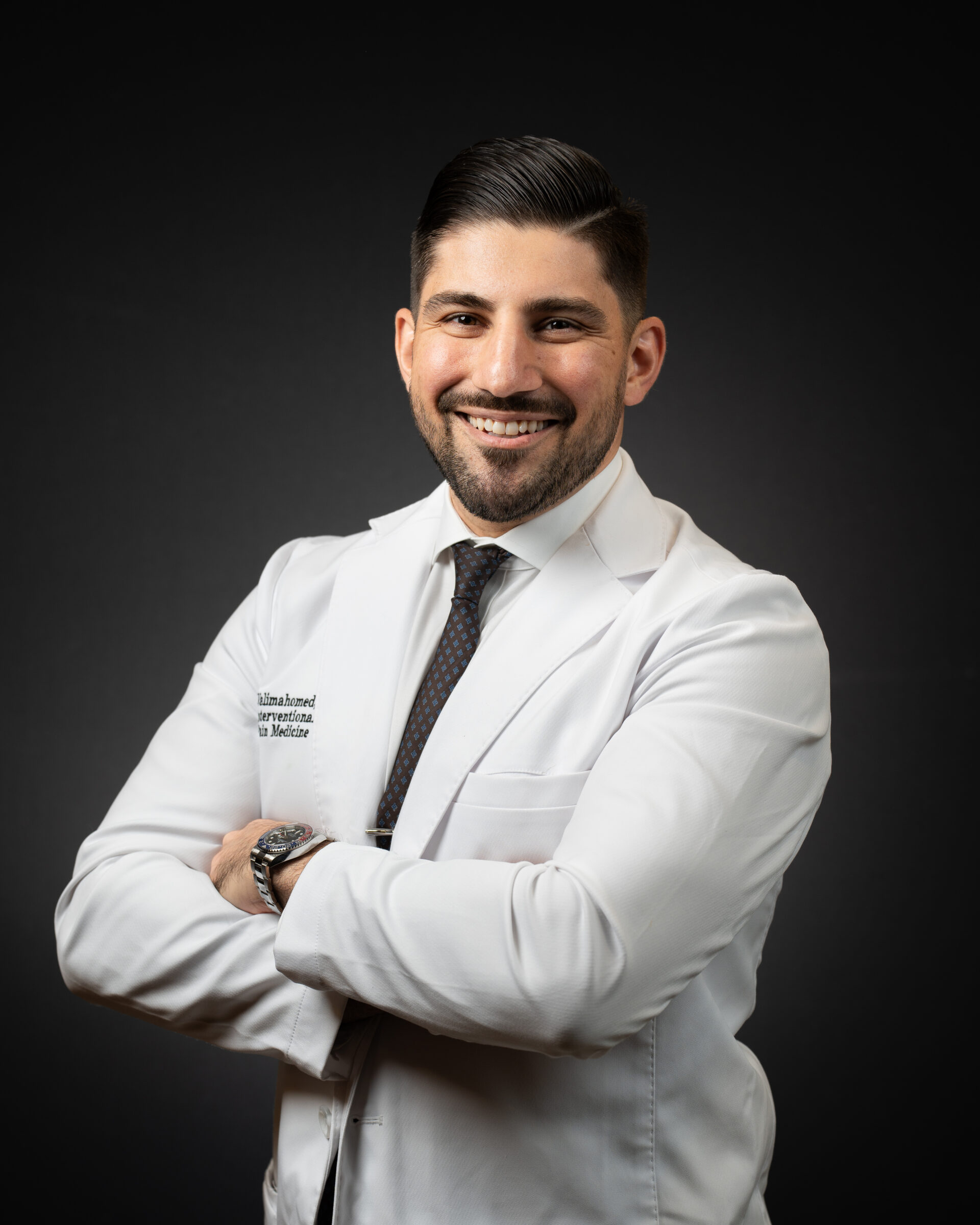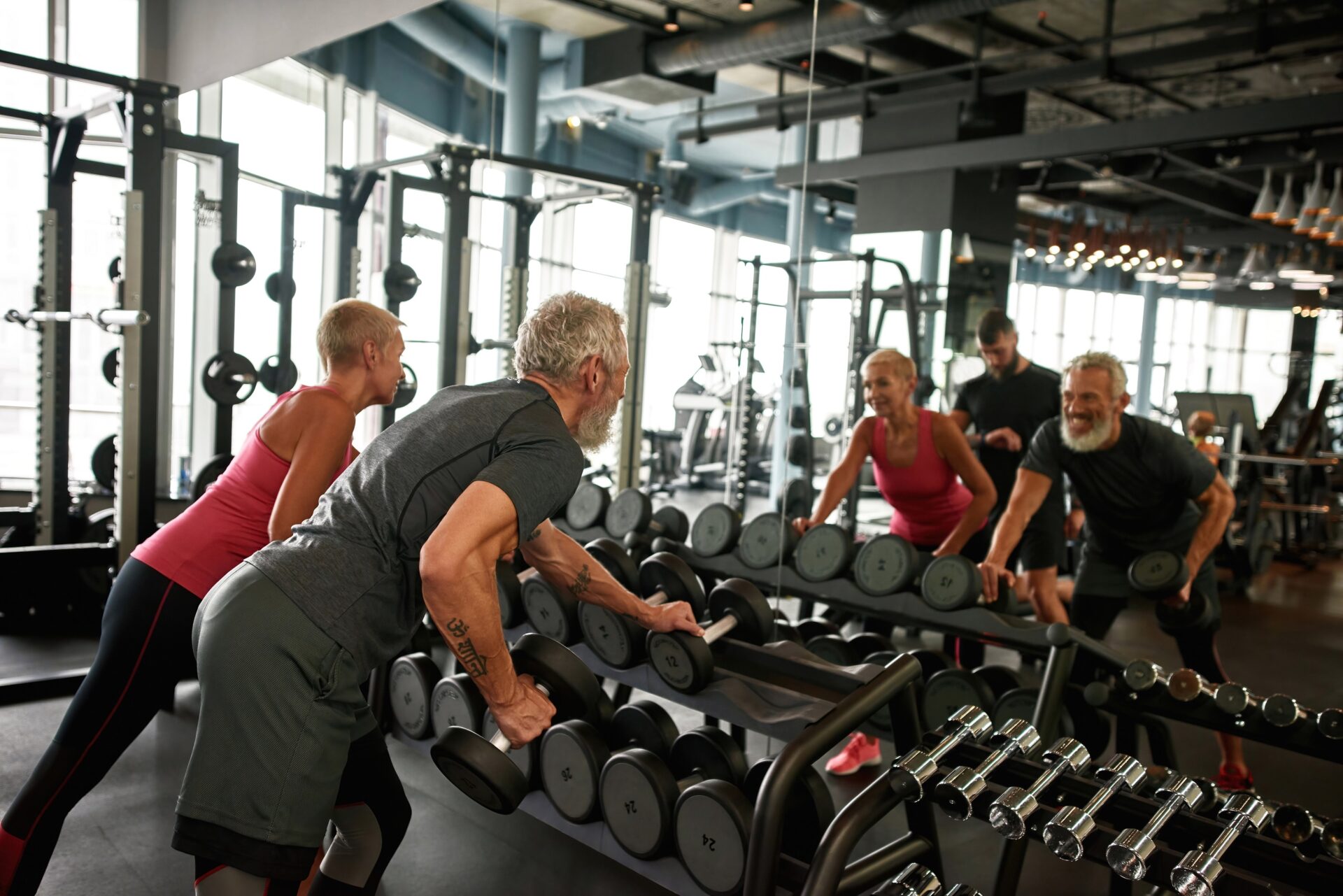We are thrilled to announce that several esteemed physicians from Advanced Orthopedics and Sports Medicine Institute (AOSMI) have been recognized as NJ Top Docs for 2024. This prestigious honor underscores our commitment to providing exceptional orthopedic care and advanced treatment options for our patients in New Jersey.
About the Top Docs Awards
The Top Docs awards are based on a rigorous selection process. Nominees complete a comprehensive qualification questionnaire covering their education, training, years in practice, continuing education, licensing, publications, charitable work, professional appointments, and achievements. Each component is verified to ensure that nominees meet the high standards set by the Top Docs organization. Board certification is required for applicable specialties, and nominees must also undergo a thorough review of malpractice and licensing records to confirm there are no serious issues. Patient reviews are collected and compiled to provide a comprehensive assessment of each nominee’s performance.
Join us in celebrating the remarkable accomplishments of the following Top Docs nominees:

Michael J. Greller, MD, MBA, CPE, FAAOS
Dr. Michael J. Greller is a Board-certified orthopedic surgeon specializing in sports medicine and joint preservation. His comprehensive approach to patient care, combined with his administrative expertise, has established him as a leader in orthopedic surgery. Dr. Greller’s commitment to excellence is evident in both his clinical and organizational contributions to AOSMI.

Ali Valimahomed, MD, FAAPMR
Dr. Ali Valimahomed is a dual Board-certified specialist in Pain Medicine and Physical Medicine & Rehabilitation. His expertise lies in comprehensive pain management and restoring function to patients suffering from chronic pain conditions. Dr. Valimahomed’s holistic approach and dedication to improving patients’ quality of life make him a standout in his field.

Alison Dewaters, DPM, FACFAS
Dr. Alison Dewaters is a Board-certified podiatric surgeon with a focus on reconstructive foot and ankle surgery. As a Fellow of the American College of Foot and Ankle Surgeons, Dr. Dewaters is renowned for her surgical precision and compassionate patient care, ensuring optimal outcomes for her patients.

Arth Patel, MD, MPH
Dr. Arth Patel is a Board-certified Primary Care Sports Medicine physician with a background in Family Medicine. He is dedicated to the non-operative management of musculoskeletal injuries, promoting wellness and injury prevention. Dr. Patel’s patient-centered approach and emphasis on holistic care have earned him a well-deserved place among NJ’s top doctors.

Eric Buxbaum, DO, FAAOS
Dr. Eric Buxbaum is a Board-certified orthopedic surgeon with expertise in hip and knee replacement surgery. His focus on advanced surgical techniques and patient-centric care has made him a trusted name in joint health. Dr. Buxbaum’s approach combines precision with compassion, ensuring his patients receive the best possible care.

Joseph Tauro, MD
Dr. Joseph Tauro is a nationally recognized expert in shoulder, sports and degenerative joint disorders, known for his pioneering techniques in arthroscopic surgery. As a Board-certified Orthopedic Surgeon, Dr. Tauro’s contributions to the field have set new standards in patient care and surgical excellence. His innovative approach ensures that patients receive the most advanced and effective treatments available.

Stacey Gallacher, MD, FAAOS
Dr. Stacey Gallacher is a dual Board-certified orthopedic surgeon specializing in shoulder and elbow surgery and trauma care. Her precise surgical skills and compassionate patient care have made her a trusted specialist in her field. Dr. Gallacher’s dedication to improving patient outcomes through both surgical and non-surgical interventions is commendable.

Gerardo Goldberger, DO, FAOAO
Dr. Gerardo Goldberger is a Board-Certified orthopedic surgeon and Fellow of the American Osteopathic Academy of Orthopedics. His specialization in sports medicine and arthroscopic surgery allows him to effectively treat a wide range of athletic injuries. Dr. Goldberger’s dedication to his patients and innovative treatment methods make him a top choice for orthopedic care.

David Kirschenbaum, MD
Dr. David Kirschenbaum is an hand and upper extremity Fellowship-Trained orthopedic surgeon. His extensive experience and commitment to cutting-edge techniques provide patients with innovative solutions for their orthopedic needs. Dr. Kirschenbaum’s dedication to excellence is reflected in his high patient satisfaction and successful surgical outcomes.

At AOSMI, we are incredibly proud of our doctors’ achievements and their unwavering commitment to providing the highest quality of orthopedic care. Being named NJ Top Docs is a testament to their expertise, compassion, and dedication to patient well-being. We extend our heartfelt congratulations to each of these outstanding physicians and look forward to their continued success in advancing orthopedic and sports medicine.
For more information or to schedule an appointment with any of our top doctors, please contact our office at (732) 335-6727 and schedule an appointment online. Together, we can achieve better health and a higher quality of life.
We are excited to announce the expansion of our spine care and sports medicine services at our AOSMI Belmar location, starting on May 2, 2024. This addition enhances the orthopedic care currently provided by Dr. Stacey Gallacher at Belmar, reflecting our commitment to providing comprehensive and specialized treatment. We’re delighted to reveal that Ali Valimahomed, MD, FAAPMR, is extending his services to Belmar after having made significant contributions at our Freehold location. Dr. Valimahomed’s addition to the Belmar facility significantly enhances our ability to deliver outstanding musculoskeletal care to the community.
Michael J. Greller, MD, MBA, CPE, FAAOS, board-certified Orthopedic Surgeon and Managing Partner at AOSMI, expressed his enthusiasm for our expansion, “On behalf of the team at AOSMI, I am proud to announce the expansion of our trusted Orthopedic and Pain Management services into Belmar. Our team is committed to providing innovative, state-of-the-art treatment options and we are excited to facilitate specialized care and rehabilitation, under-one-roof, in the heart of Belmar. In our continued commitment to excellence in healthcare, we look forward to positively impacting the lives of our patients and their families in the Belmar community.” In addition to comprehensive orthopedics, physical therapy and acupuncture services are offered at Belmar. This strategic expansion emphasizes AOSMI’s commitment to patient care excellence and outcomes. With a focus on delivering exceptional clinical results, supported by cutting-edge treatments and compassionate care, AOSMI is set to continue its mission of providing the highest level of comprehensive musculoskeletal services.

Dr. Ali Valimahomed: A Pillar of Expertise in Belmar
Dr. Valimahomed is dual board-certified in Interventional Pain Medicine and Physical Medicine & Rehabilitation. He completed an ACGME-accredited Interventional Pain Medicine Fellowship and uses the most current treatments and innovative approaches to effectively address complex pain challenges. His arrival in Belmar will enable more patients to receive high-quality pain management care closer to home.
Dr. Valimahomed specializes in spine care, musculoskeletal medicine, non-surgical sports medicine, and pain management. Whether you’re struggling with back pain, neck discomfort, or spinal issues like herniated discs or spinal stenosis, his tailored treatment plans aim for lasting relief and improved quality of life. Dr. Valimahomed addresses the source of your pain through a range of targeted interventions, including fluoroscopic-guided and ultrasound-guided spine injections, peripheral nerve blocks, and minimally invasive spine surgery. His expertise extends to conditions arising from auto accidents, work-related injuries, and sports injuries, ensuring comprehensive care. Through his treatment plans, you can strengthen your back, improve your mobility, and get back to living life to your fullest potential.
Orthopedic Excellence in Belmar: Comprehensive Musculoskeletal Care
In addition to Dr. Valimahomed’s pain management expertise, our Belmar location currently provides comprehensive musculoskeletal care, encompassing a full range of orthopedic services, physical therapy, and acupuncture.

Leading the charge is Stacey Gallacher, MD, FAAOS, an accomplished orthopedic surgeon with board certification and dual fellowship training in shoulder & elbow and trauma. Dr. Gallacher’s extensive experience in musculoskeletal health ensures our patients receive the highest standard of personalized care. Dr. Gallacher addresses the full range of orthopedic injuries, with a focus on shoulder, elbow, and trauma. Our commitment to comprehensive musculoskeletal care means that patients have access to the best possible treatments for a wide variety of orthopedic conditions, all under one roof.
Whether you’re on the road to recovery following surgery, dealing with chronic pain, or aiming to improve your physical health, our dedicated team is here to guide and assist you every step of the way.
Welcome to AOSMI Belmar
Starting on May 2, 2024, located at 712 10th Avenue, Belmar, NJ 07728, AOSMI Belmar will be ready with spine care, musculoskeletal medicine, non-surgical sports medicine, and pain management. Our facility is equipped with the latest technology, and our dedicated team is committed to delivering exceptional care within your community. For more information or to request an appointment, contact us today. Dr. Valimahomed, Dr. Gallacher, and the entire AOSMI team look forward to supporting your health and wellness journey, now even more conveniently at our Belmar location.
It was a refreshing sight to see snow again this January. However, although it’s beautiful to look at, snowfall also creates the difficult task of shoveling, which is a frequent cause of back injuries this time of year. Many patients are unaware of the potential risks associated with improper techniques, leading to back pain from shoveling snow. At AOSMI, we believe in educating our patients so that you are armed with more knowledge, which can help us work together to provide the best care possible. We have a dedicated team of orthopedic specialists to help treat the full range of back injuries that you may experience after shoveling snow.
Why Does Shoveling Snow Cause Back Pain?
Back pain from snow shoveling often results from improper technique and the repetitive strain of lifting heavy snow.
What are the Types of Back Injuries?
Herniated Discs – Improper lifting can exert excessive force on the spine, leading to herniated discs. This occurs when the soft inner material of a spinal disc protrudes through the tough outer layer, potentially compressing nerves.
Muscle Strains – Lifting heavy snow improperly can strain the muscles of the back, causing pain, stiffness, and reduced mobility.
Ligament Strains – Twisting motions during snow shoveling can cause sprains in the ligaments supporting the spine, contributing to pain and instability.

What are the Common Symptoms of Back Pain from Shoveling Snow?
Localized Pain – Patients may experience localized pain in the lower back, ranging from mild discomfort to severe, debilitating pain.
Radiating Pain – In cases of disc herniation, pain may radiate down the legs, accompanied by tingling or numbness, a condition known as sciatica.
What are the Treatment Options for Back Pain from Shoveling Snow?
Non-surgical Options – Rest, Ice, and Physical Therapy
- Most back injuries from shoveling snow are mild. They may initially be managed with rest, ice, and over-the-counter pain medications
- If you’ve experienced a back injury from snow shoveling or are concerned about the strain it may cause, our physical therapists are your allies in learning the right shoveling techniques and strengthening the key muscles involved. Tailoring exercises to your needs, they focus on core, back, and leg muscles crucial for shoveling. Our experts will guide you in adopting proper body mechanics, offering insights into lifting techniques and correcting posture to prevent further injuries.
Surgical Options – Discectomy, Spinal Fusion, or Laminectomy
- For more serious injuries, surgery may be recommended. Procedures such as discectomy (removing a portion of a herniated disc), spinal fusion (joining two or more vertebrae), or laminectomy (removing a portion of the vertebra) may be recommended based on the specific nature of the injury.

Proper Technique for Shoveling Snow
- Start by using a lightweight, ergonomic shovel and maintaining a shoulder-width stance.
- Bend at the hips and knees instead of the back, keeping the shovel close to your body.
- Engage your core muscles and pivot your entire body when tossing snow, rather than twisting at the waist.
- Lift with your legs, not your back, and take regular breaks to avoid overexertion.
- Pushing snow whenever possible is less strenuous than lifting.
- By incorporating these techniques, you can minimize the strain on your back and reduce the risk of injuries during snow removal.
By addressing the specific back injuries from snow shoveling, we aim to equip you with the knowledge needed to navigate the season safely. At AOSMI, our team is committed to providing the highest quality orthopedic and physical therapy care to our patients across New Jersey. If you are experiencing pain or injury from snow shoveling, please request an appointment today. We are dedicated to helping you live a healthier, stronger life.
At AOSMI, we are committed to staying on the cutting-edge of pain medicine so that we can provide the best treatment options for our patients. One of the recent developments in the field is the Intracept Procedure, offered by Dr. Del Guercio for patients, a minimally invasive pain management procedure that has been found to help patients with chronic low back pain. This innovative treatment targets vertebrogenic pain, caused by disc degeneration and wear-and-tear damage to the vertebral endplates of your spine, which triggers inflammation and discomfort.
Here’s how it works: the procedure focuses on the basivertebral nerve (BVN) within your spine, which transmits pain signals from inflamed endplates to your brain. Intracept applies radiofrequency energy directly to this nerve using a probe, disrupting pain signal transmission. This straightforward outpatient procedure is implant-free, takes just an hour, and provides enduring relief.
What is Vertebrogenic Pain?

Vertebrogenic pain occurs when the endplates of your vertebrae get damaged. Imagine your spine as a stack of building blocks called vertebrae, and in between them, you have these cushion-like disks. The endplates are like the connectors between the blocks and the cushions. They do two important things: first, they help spread out the pressure from the cushions to keep everything safe. Second, they send nutrients to these cushions, like how blood vessels bring food to your cells.
Inside the bone of the vertebra is a network of blood vessels and pain detectors connected to a nerve called the basivertebral nerve. So, when those endplates get damaged, it can activate those pain detectors, which is what causes vertebrogenic pain
Wondering if Intracept is right for you? Ideal candidates typically have:
- Chronic Low Back Pain with Modic Changes: At least six months of persistent low back pain associated with Modic changes. Modic changes are bone marrow lesions seen within a vertebral body of your spine on magnetic resonance imaging (MRI). Your doctor will identify candidates with a thorough history and physical exam, as well as with imaging techniques such as MRI or CT of the lumbar spine.
- Failed Conservative Treatments: Prior unsuccessful attempts with therapies like physical therapy, medications, and injections.
- No Major Spinal Instability: Generally not recommended for those with severe spinal instability or conditions like spondylolisthesis.
The Intracept Procedure offers numerous benefits:
- Effective and Targeted Pain Relief: Precisely targets the pain source, often leading to significant pain reduction.
- Long-Lasting Results: Many patients report lasting pain relief well beyond the procedure. Studies have shown that 1-year post treatment, 69% of patients reported >50% reduction in pain while 38% reported being pain-free. Studies have also shown that 2-years and 5-years post-treatment, 33% of patients have reported being pain-free.
- Minimally Invasive: Requires only a small incision, reducing post-operative pain and complications.
- Preservation of Spinal Stability: Maintains spine stability.
- Improved Quality of Life: Empowers individuals to regain mobility and enjoy life.
To learn more, check out this video explanation from Dr. Del Guercio.
If you are experiencing chronic low back pain, and have not found significant improvement in pain from your standard treatment, please request an appointment today to discuss if the Intracept Procedure may be right for you. Here at AOSMI, our goal is to help you bring your pain under your control, so that you can live your healthiest and strongest life.
Dr. Grigory Goldberg removed the lamina, the back part of the vertebra that covers the spinal canal, to enlarge the spinal canal and relieve pressure on the spinal cord and nerves.
Dr. Grigory Goldberg is a board-certified orthopedic surgeon, fellowship trained in spine surgery at Advanced Orthopedics and Sports Medicine Institute.
Learn more about Dr. Goldberg, see more of Dr. Goldberg’s testimonials.







